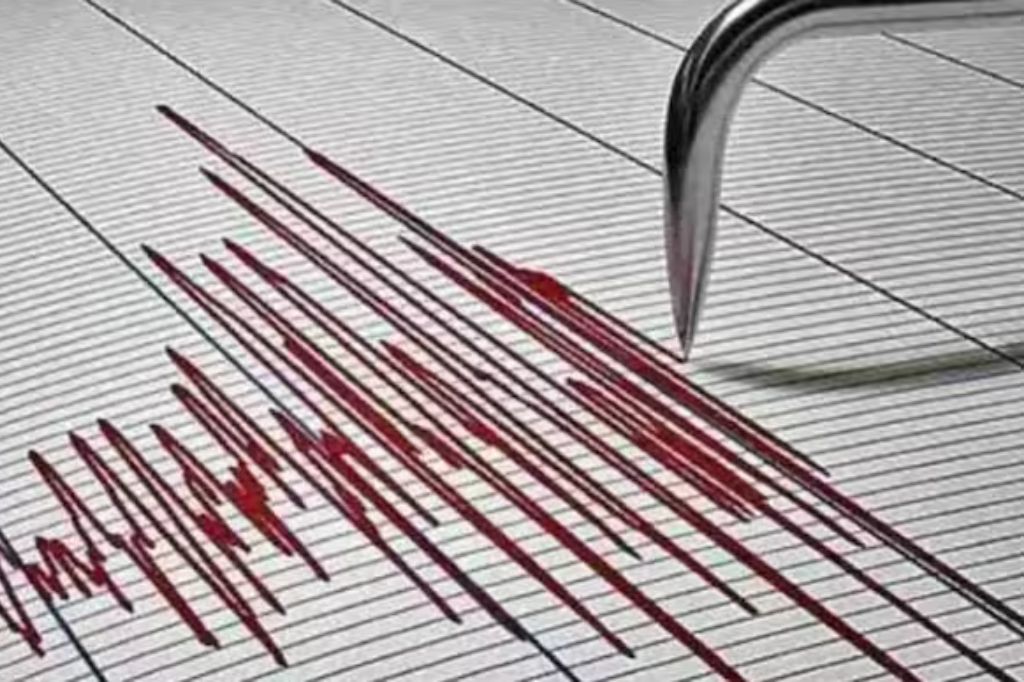A powerful earthquake measuring 7.3 on the Richter scale struck the Alaska Peninsula in the early hours of Thursday, July 17, with its epicenter near Sand Point on Popof Island. The quake occurred at a shallow depth of 10 kilometers (6.21 miles), increasing the potential for surface-level damage. According to Michigan Technological University, earthquakes in the 7.0–7.9 range are capable of causing serious damage, and globally, around 10–15 such quakes occur each year.
Following the tremor, the US Tsunami Warning Center issued a tsunami warning covering a wide stretch of coastline — from about 40 miles southwest of Homer to Unimak Pass, spanning nearly 700 miles. The alert affected several coastal communities, including Kodiak, a key regional hub with a population of around 5,200. Residents in the affected zones were urged to remain alert and follow safety instructions. The United States Geological Survey (USGS) reported that the quake resulted from thrust faulting near the subduction zone between the Pacific and North American tectonic plates — a seismically active region.
Just over an hour later, the tsunami warning was downgraded to an advisory as the immediate threat began to ease. However, authorities continued to caution that strong waves and unpredictable currents could still pose risks to those near the water. Communities along the coast were advised to stay away from the shoreline until the situation was fully stabilized.







